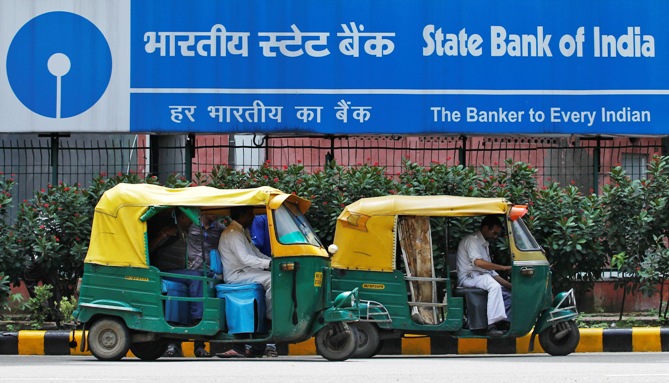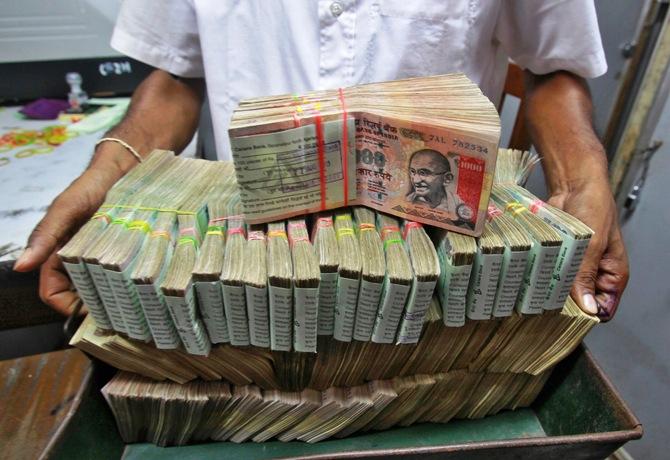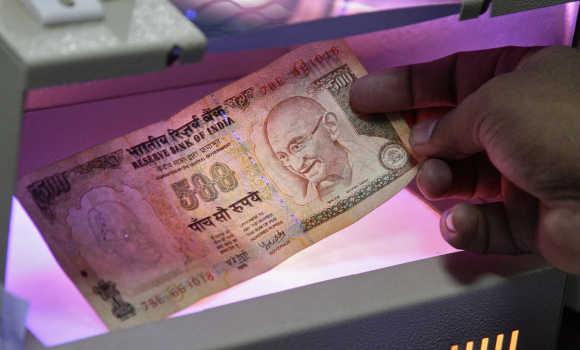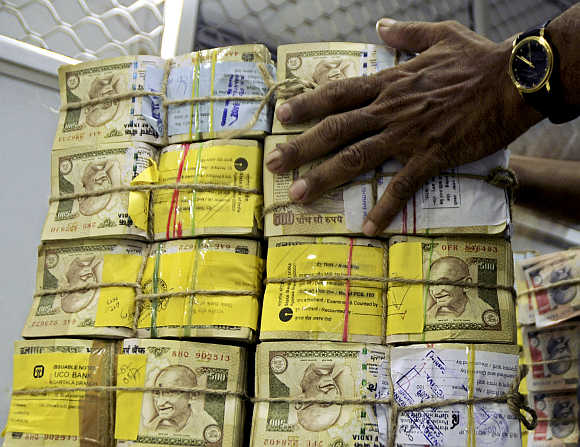
The recruitment freeze at public sector banks in the 1990s, termed the 'retirement decade' by Reserve Bank of India Deputy Governor K C Chakrabarty, is now haunting these entities.
About a quarter of 150,000 mid-level managers are retiring over the next three years, leaving these banks with a wafer-thin leadership pipeline.
Some say the crisis could worsen, as new private banks are expected to treat their public sector counterparts as a hunting ground.
“Government banks will face a serious challenge after 18-24 months, when new banks begin operations,” says Anil Khandelwal, former Bank of Baroda chairman and head of a government-appointed committee to look into human resource issues at state-run lenders.
. . .

The committee had spoken of a projected gap at banks, on the mid-management level, and called for a consolidated plan to identify and groom potential successors.
One of the key challenges facing the government banks, which control 70 per cent of the market, is a short supply of skilled manpower.
These banks have been on a branch-network and operations-expansion spree over the past decade, but have paid little heed to the need for manpower growth.
According to a Boston Consulting Group study, growth in employees has been in sync with balance sheets for private and foreign banks.
But, for state-run lenders, the manpower increase has been a meagre 0.5 per cent, compared with balance sheet growth of 22 per cent.
. . .

The middle management, often termed the banks’ backbone, provides continuity across businesses.
A mid-level executive at Bank of Baroda puts it succinctly: “We may not be decision makers but we are the face of the bank for customers. So, it has huge implications for a bank’s reputation.”
To meet the shortage, many banks have taken a shortcut and fast-tracked promotions without the required training.
Earlier, it took an average 23 years for officers to rise to the level of deputy general manager; now it takes only 17.
Sangeet Shukla, senior advisor at Indian Banks’ Association, says the middle level at many banks has inadequate experience.
. . .

“Banks have to worry about this because it hits customer service and harms banks’ reputation,” he adds.
Senior EY advisor, Ashwin Parekh, suggests a way to address the mid-level crisis -- outsourcing the grooming and training activity for these executives.
Kolkata-based Allahabad Bank has done precisely that.
It has hired an external human resource consultant to develop leadership among general managers.
Chairperson & Managing Director Shubhalakshmi Panse says the bank was staring at a huge number of retirements when she joined the bank in October 2012.
Though the bank was recruiting, training was inadequate, with fresh recruits at the officer level being imparted just a week’s training.
“We need to teach them basic banking functions properly before putting them in branches.
“So, we decided we would give them an initial on-board training.
“This time, we hired about 1,500 officers.
. . .

“They directly joined the training institute for a three-month programme. We gave them extensive training on banking, as well as on technology,” Panse said, adding fresh clerical staff were now given a month’s training.
Bank of Baroda, too, has been active on this front. It runs Project Sparsh, a leadership development programme for mid-level managers and those heading branches.
Consulting firm KPMG has suggested a two-pronged approach to tackle the leadership vacuum: Banks have been suggested to hire laterally, including retired executives and freelancers, to fill critical roles.
“Banks also need to look at talent management holistically and define a long-term Level-II approach.
. . .

“They need to develop a talent strategy by taking a systems approach to recruitment and talent management and rethinking their employer value proposition,” KPMG says.
However, going by the track record, lateral recruitment for specialised jobs, such as those related to treasury, risk management and information technology, has found takers.
In 2012-13, such recruitments accounted for just two per cent of all recruitment at government banks.
In comparison, 53 per cent of the hiring in private banks was accounted for by lateral recruitments.
Low pay scales at government banks plays a major role in this, but there are other concerns, too.
IBA Chief Executive Mohan Tanksale says those coming in through the lateral route face challenges in getting assimilated into an organisation.